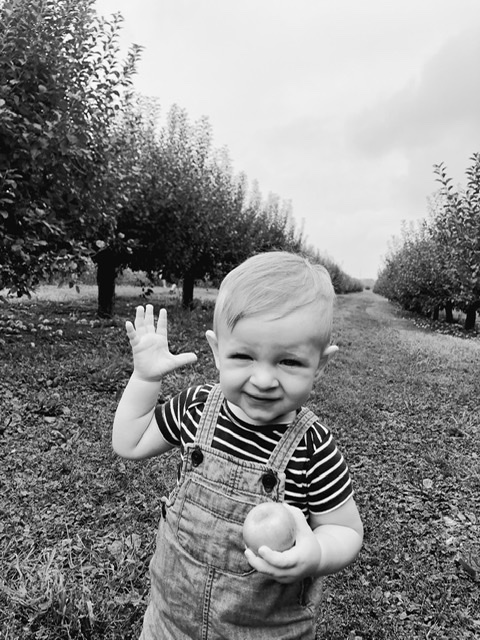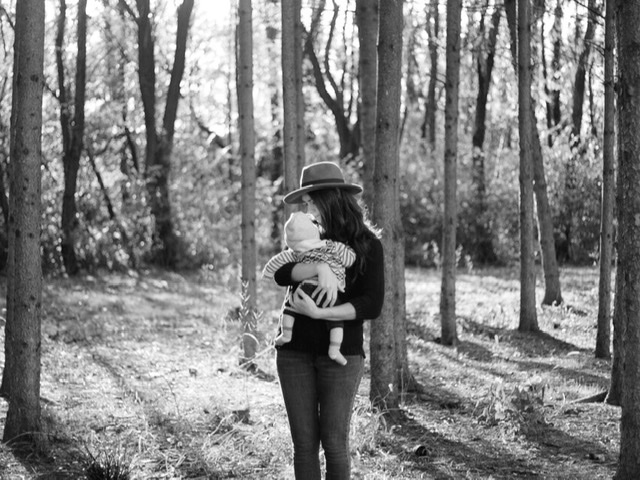
As humans, we are designed with a desperate yearning to belong and to matter. This belonging and mattering looks different throughout the various chapters of life, but the need remains consistent. We want to be wanted. When our needs for belonging and connection are met, we find a sense of safety and purpose.
As our social circle forms and expands, a sense of our individual self emerges. This understanding of self is deeply intertwined in our relationships to those around us, what we offer, how we feel received by others, how secure we feel. Our social health is significant because it holds quite a bit of sway over the contentment we feel in life.
According to Maslow’s Hierarchy of Needs, once our physiological needs and safety needs are met, we awaken a need for belonging and love. And only within the context of that belonging and love can we develop a healthy self-respect and esteem, and from that esteem we find liberation to reach self-actualization where we find ourselves fulfilled. Nurturing social health and growth sets a child on the right path to a life of fulfillment.
SOCIAL GROWTH | IN PRACTICE
- Communication—The ability to understand others and to feel understood is a tremendous gift. We teach this to our children most through practice. Through our dialogue with them, we equip them with language for expressing ideas, feelings, experiences. We teach through our example all that can be communicated through body language and non-verbal cues. Aside from actually practicing the art of communication, it can also be practiced through games such as charades or pictionary or Catch Phrase where the goal is to put an idea into someone else’s head.
- Listening—Arguably part of communication, the matter of listening is worth its own bullet point in my opinion. Listening to others is essential for making them feel seen and understood, a foundation for healthy relationships. We teach listening by modeling. We’ve been practicing developing early listening skills by repeating the phrase, ”Listen and tell me what you hear.” then we play different animal sounds. Then we try to use the same language when working on listening skills throughout our day. We can also teach helpful tools for listening, like pausing, looking in the direction of who you’re listening to, etc..
- Thoughtfulness/Consideration—This is the rationale we always come back to for why we clean up our toys and messes: because we want to be thoughtful and considerate people. The world is a more pleasant and enjoyable place to be when we consider other people.
- Social Cues/Etiquette/Manners/Grace/Courtesy—Called many things, but through grace and courtesy we show respect to others. We use manners to speak to others with kindness. We hold doors open for others and sometimes allow others to go first to show them that we care for them simply because they’re a person.
- Friendship
- Cultivating a Sense of Belonging and Connection—We can seek intentional moments of connection with our children where they have our undivided attention. We can be intentional about eye contact with them and expressing appreciation for them. Cultivating a place where our children recognize that they are safe and that they belong affords them the luxury of exploring and adventuring.
- Embracing Personality—An important part of our social development is feeling that we bring something that enhances the lives of those around us. As parents, we can help our children by encouraging the strengths that we notice in them.
SOCIAL GROWTH | IN REFLECTION
- When do I feel most connected to others? Do I feel connected to others in this season? If not, what is one way I can be intentional about reaching out this week?
- Where do I feel most like I belong?
- Do I often feel energized or drained by being around others?
- What is something that you bring to social interactions that you like?
- What is something that you would like to be better about bringing to social situations?
- How can I offer my child a sense of security and belonging in our home and family?
- Am I connecting with my child regularly? Do we make eye contact on a daily basis? Is there anything we could be doing to connect better or more deeply?
- What are my hopes for my child socially/relationally? What might it look like for them to develop good connections and relationships? How do we get there? What needs to happen in our day to day? Am I modeling this well?



